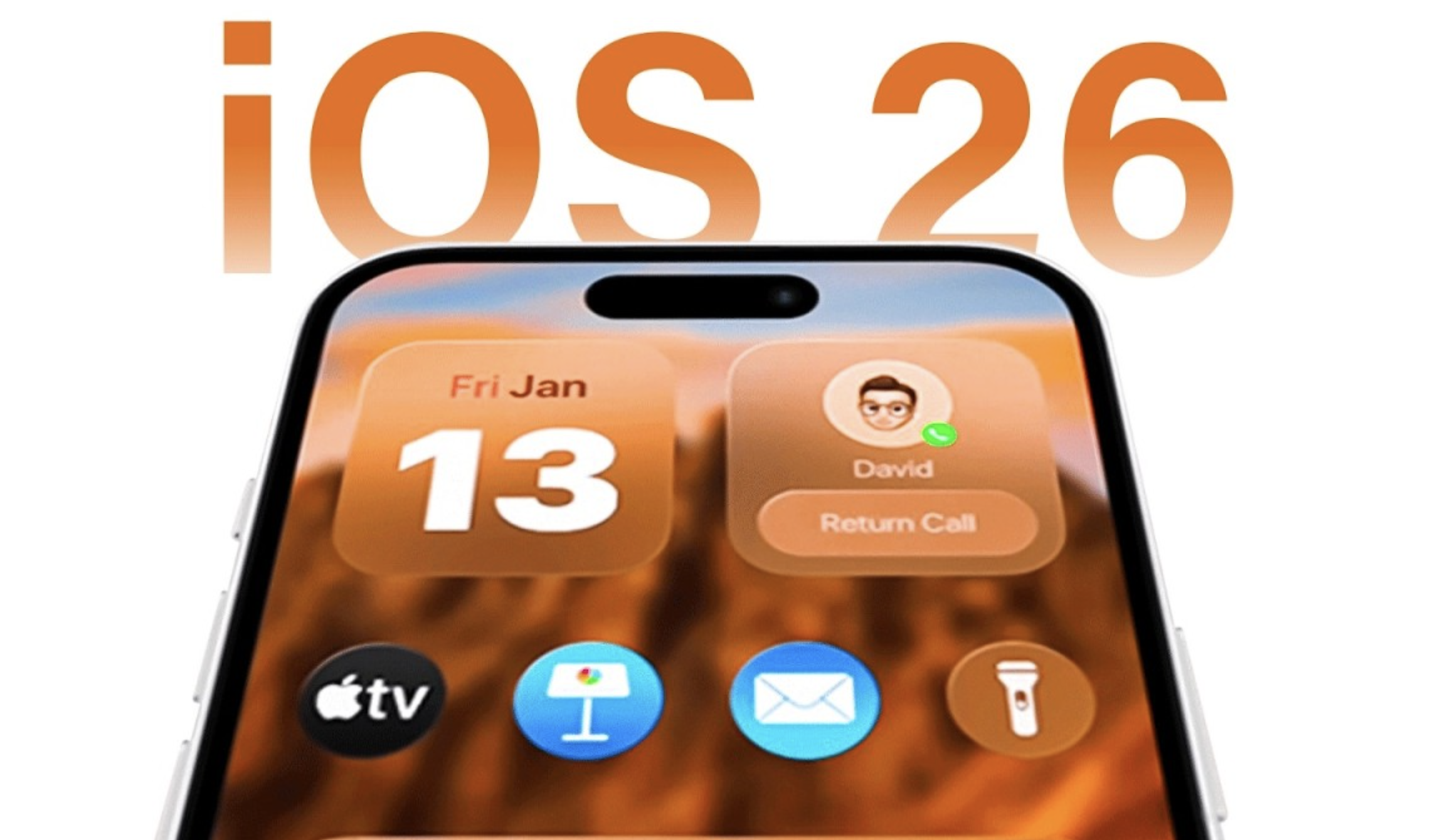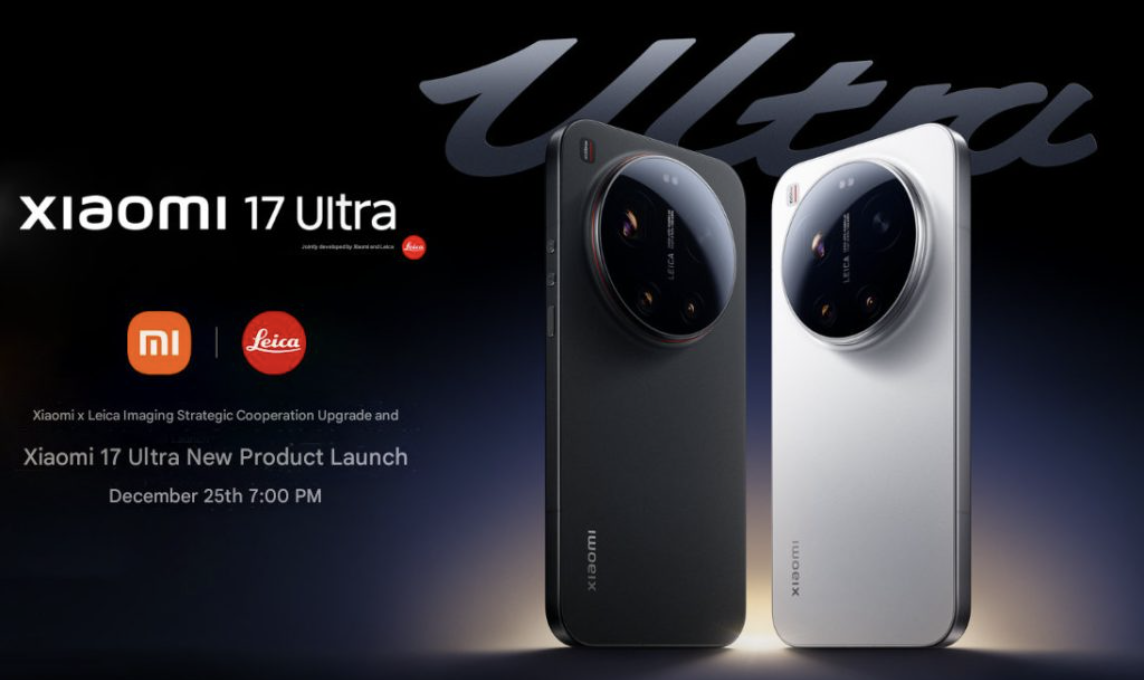Many people looking to buy earphones would be unaware of ‘noise cancellation’ as a feature to be considered during their purchase process. And yet, it plays a critical role in elevating a listener’s audio experience. Picture being in a crowded and noisy restaurant, or a flight ringing with the sound of screaming babies and imagine being able to filter out all that ambient noise and focus on your music, audio content, or phone conversation. That’s the advantage that noise cancellation provides you with.

When discussing noise cancellation in earphones, there are two methodologies to keep in mind – Active noise cancellation, and Passive noise cancellation. Let us dive into each of these in turn.
Understanding Active Noise Cancellation
Active noise cancellation, as the name suggests, actively blocks out surrounding noises, leveraging advanced technology. Fundamentally, it works by detecting and analyzing the sound patterns of incoming noise and generating a mirror signal to cancel it out. It’s effective in blocking nearly 70% of ambient noises, working best at countering low frequency sounds such as those of ceiling fans, engines, or the humming of someone sitting next to you.
At a deeper level, active noise cancellation relies on a procedure known as interference. It is the generation of a sound wave of the same aptitude, that is an inverted phase related to the original sound – with the two waves combining to form a new wave and effectively cancelling each other out. Adaptive algorithms are leveraged to analyze the waveform of the background noise and create a sound wave in proportion to that to facilitate interference and noise cancellation.
Active noise cancellation is ideal while traveling on trains or flights, in open environments, or while in any open environment or location with a high level of ambient noise. It does not emit any low-level radiation, and thus poses no risks for the human brain.
Understanding Passive Noise Cancellation
Passive noise cancellation stems from the physical features of the earphone, such as its design and the raw material used in its manufacture. It essentially describes the noise cancellation effect a person experiences merely by putting on the earphones. Passive noise cancellation is ideal for blocking out irregular or high-frequency sounds.
Both over-ear headphones and in-ear earphones can leverage passive noise cancellation. The earbuds themselves serve to block surrounding noise through the materials they are made of, helping the listener focus on the audio. Passive noise cancellation is not only completely safe, but also beneficial to your ear health, as it reduces the need to listen to audio at high volumes by effectively blocking out ambient noise.
Active or Passive – What’s Better for You?
So which noise cancellation methodology should you consider while purchasing earphones? The answer depends on where and for what purpose you intend to use your earphones. If you travel frequently or work in noisy environments, then active noise cancellation is highly adept at cancelling out low frequency sounds. However, in terms of sound quality, comfort, power-consumption and price, passive noise cancellation is a better option. It is capable of blocking out higher frequencies than active noise cancellation, though it is less effective if you frequent noisy environments.
Irrespective of whether you choose earphones that incorporate the passive or active methodologies, noise cancellation is essential to ensure a superior audio experience. It is certainly a feature to keep in mind while visiting the store or online marketplace to make your next earphone purchase.














